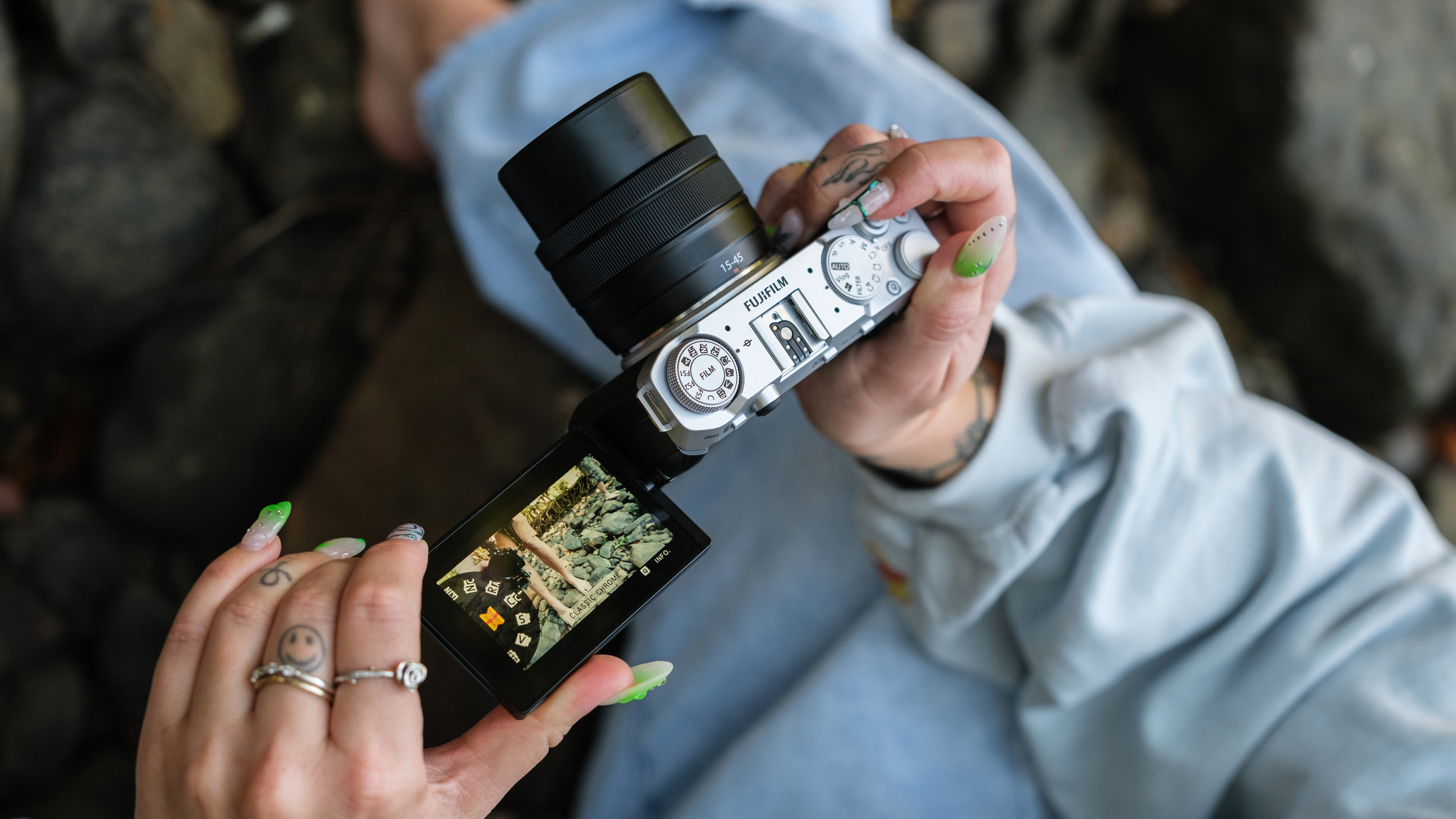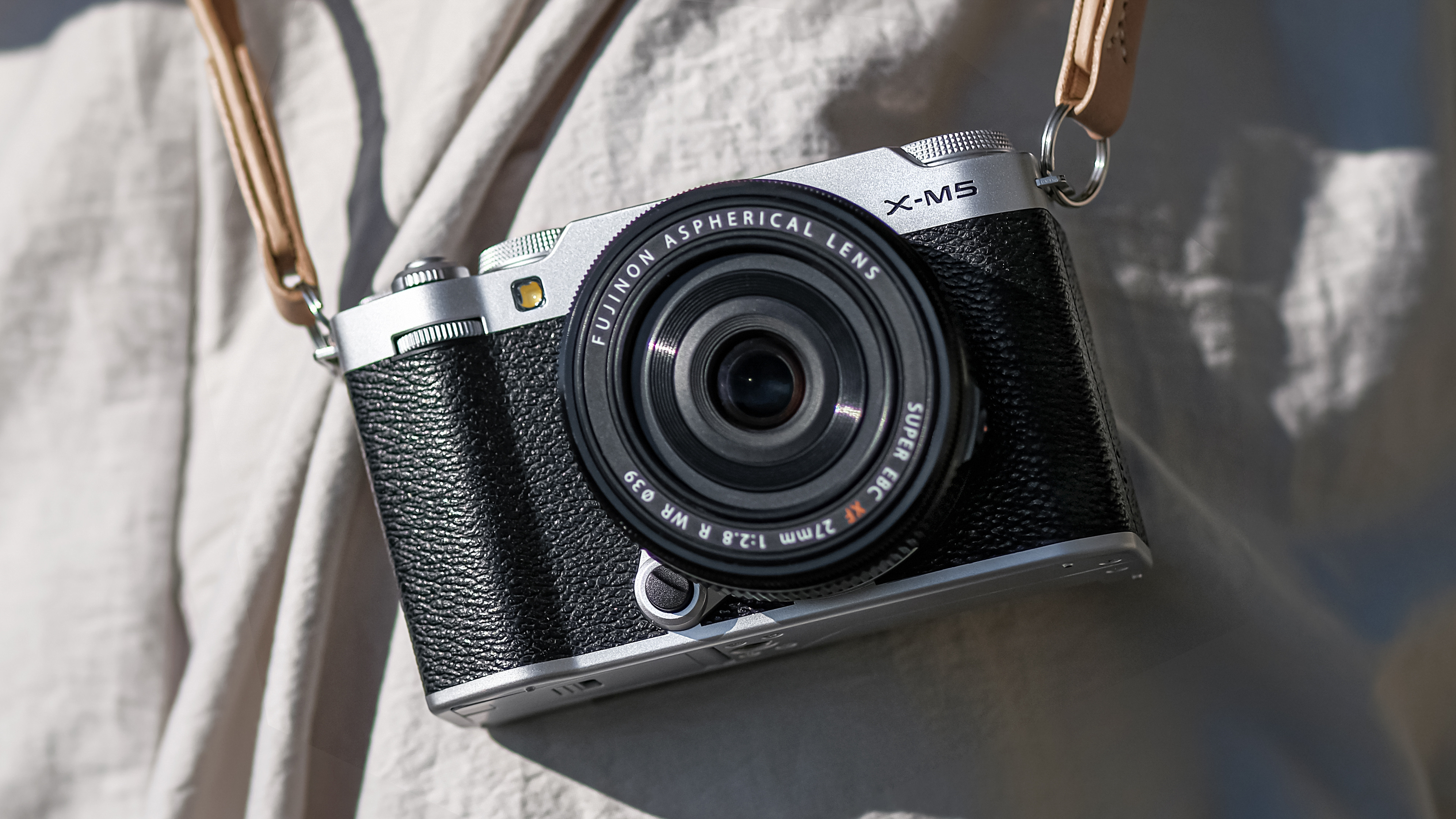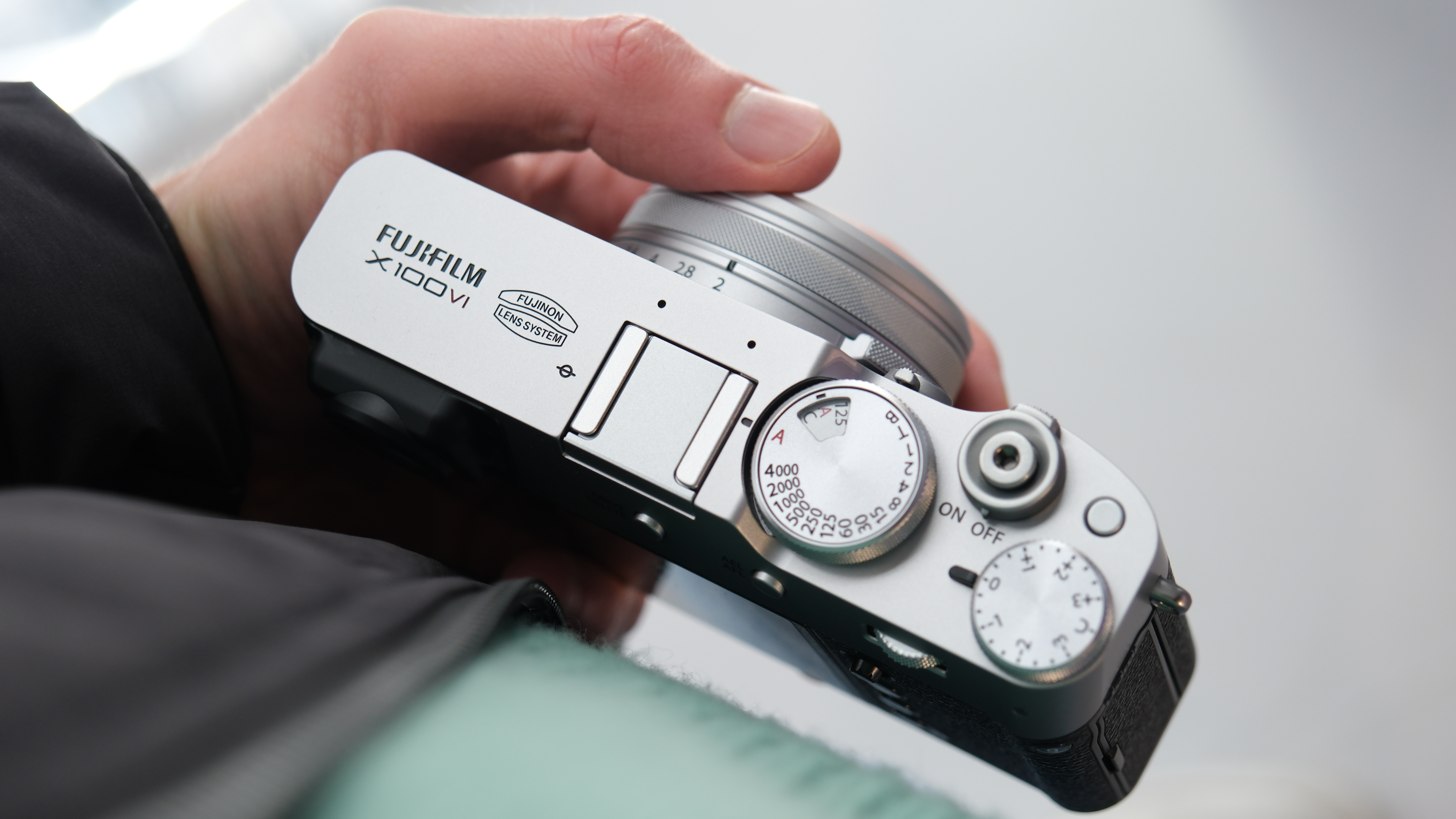Fujifilm X-M5 baby budget mirrorless camera now on sale: here are the best deals
The Fujifilm X-M5 is a compact powerhouse sharing DNA from the X100V with the benefit of interchangeable lenses - is this your chance to own a Fujifilm X100V for cheap?

Fujifilm has officially announced that the Fujifilm X-M5 is now in stores, and available to buy. With its low-price and its compact size, this mirrorless camera is likely to be one of the hottest cameras this Christmas – so our live price guide (below) will help you find one in stock and at the best price.
The X-M5’s compact design houses an APS-C X-Trans 4 CMOS sensor, well-suited for capturing intricate details with vibrant colors and excellent low-light performance. With support for the full range of Fujifilm’s X-mount lenses, the X-M5 gives creators an array of lens choices, allowing for a highly adaptable shooting experience. The addition of 20 classic film simulation recipes and AI-powered autofocus technology makes this model a compelling choice for those ready to elevate their content.
The X-M5’s imaging capabilities are impressive, featuring the same 26.1 MP X-Trans 4 CMOS sensor used in Fujiiflm X100V and powered by the advanced X-Processor 5. With a sensor over 16 times larger than that found in an average smartphone, the X-M5 offers an expanded dynamic range, resulting in richer colors, deeper subject separation, and beautifully blurred backgrounds.
Designed with a unique randomized pixel array, the sensor reduces digital artifacts and produces organic color transitions that mimic classic film. This technical precision provides the X-M5 with an advantage in image quality and depth over smaller-sensor devices.
On the video and audio front, the X-M5 goes beyond the basics with 6K video capabilities and enhanced sound capture. Equipped with three microphones and four specialized sound modes, including Surround, Front Priority, Back Priority, and Front & Back Priority, the X-M5 allows creators to adjust the audio to suit specific filming environments. Fujifilm’s has added voice enhancement and noise reduction algorithms, along with a 3.5mm microphone socket, which gives creators greater control over audio quality. This focus on sound, combined with the cinematic 6K video resolution, positions the X-M5 as a robust tool for versatile content creation
Crafted to be the lightest and smallest body in the X-series lineup, the X-M5 weighs in at just 12.5 ounces and measures 4.4 inches wide. Fujifilm’s classic rangefinder-inspired design, complete with top dials for adjusting mode and film simulation settings, gives the X-M5 both functionality and timeless appeal. The camera is equipped with a 3-inch articulating LCD touchscreen and right-side connector ports, preventing any interference from cables while shooting. An improved microphone port location on the rear further enhances usability for creators who frequently use accessories, making the X-M5 not only visually striking but also highly functional for on-the-go production.
Check out the best lenses for the Fujifilm X-M5
The best camera deals, reviews, product advice, and unmissable photography news, direct to your inbox!

For nearly two decades Sebastian's work has been published internationally. Originally specializing in Equestrianism, his visuals have been used by the leading names in the equestrian industry such as The Fédération Equestre Internationale (FEI), The Jockey Club, Horse & Hound, and many more for various advertising campaigns, books, and pre/post-event highlights.
He is a Fellow of the Royal Society of Arts, holds a Foundation Degree in Equitation Science, and holds a Master of Arts in Publishing. He is a member of Nikon NPS and has been a Nikon user since his film days using a Nikon F5. He saw the digital transition with Nikon's D series cameras and is still, to this day, the youngest member to be elected into BEWA, the British Equestrian Writers' Association.
He is familiar with and shows great interest in 35mm, medium, and large-format photography, using products by Leica, Phase One, Hasselblad, Alpa, and Sinar. Sebastian has also used many cinema cameras from Sony, RED, ARRI, and everything in between. He now spends his spare time using his trusted Leica M-E or Leica M2, shooting Street/Documentary photography as he sees it, usually in Black and White.


